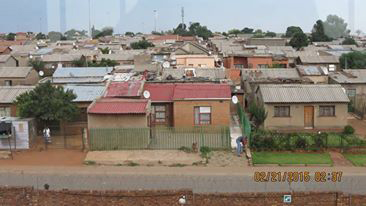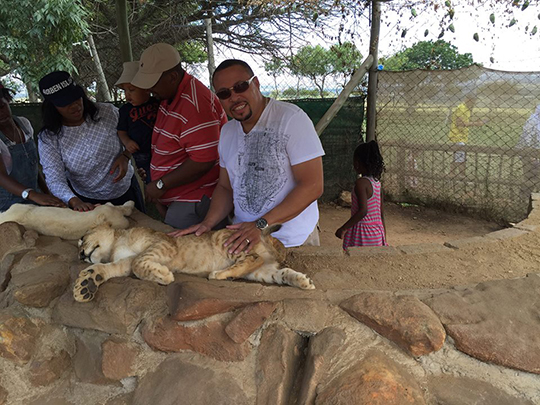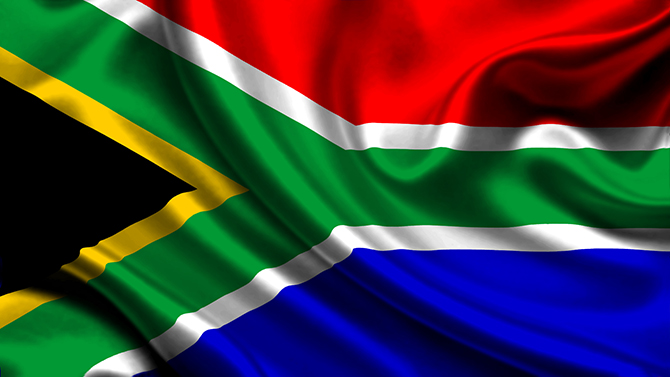In January of 2015, I relocated from Atlanta, Georgia to Johannesburg, South Africa. This move was not motivated by the desire for a personal pilgrimage to the motherland. The move was purely business related. However, since my arrival I have learned a lot about the new country of my residence. First, I must start off by saying that if you have never moved between countries, it’s an intimidating proposition and a very challenging experience. There are so many new encounters every day as you acclimate to your new home and “at times” you are forced to forget the norms of your previous home. More importantly, there is no comparison between the United States and South Africa. Each culture possesses its uniqueness and each country’s political, communal, legal and societal framework is vastly different. Since arriving here in South Africa I have been impressed with many aspects of its progress since the days of Apartheid. Most of the country boosts a multiracial society that is as refreshing as it is welcomed by a US expatriate such as me. However, there still exist multiple townships across the city of Johannesburg that severely reflect the pain of it’s past.
Through my company, I recently sponsored a Health and Wellness charity event in Tembisa, Johannesburg. Tembisa is a large township situated to the north of Kempton Park on the East Rand, Gauteng, South Africa. It was initially established in 1957. The name Tembisa comes from the Zulu word “thembisa” meaning “promise.” The township came into formation as the early black settlers of Johannesburg were being evicted. Unfortunately, what started out as a place of promise, has rapidly descended into one of the more impoverish areas in Johannesburg. My company’s purpose for being there was to continue to offer the hope that once existed.

Our event was focused on health through physical fitness. To that end, we sponsored a soccer competition between local residents and members of my team. As I entered the township I was surprised at what awaited me. From dilapidated housing, undeveloped streets, refuse scattered across the sidewalks and a general sense of loss, it was a stark reminder of the structural deficiency caused by the Apartheid regime and the challenges still in front of the democratically elected Black government (ANC). Nevertheless, as the soccer competition began the energy among the crowd changed my mood. As the crowd watched their team easily defeat my team, their youthful, optimistic attitude filled the arena. I smiled as they cheered loudly for the home team and danced as the scores piled on. I felt a sense of real connection between them and my history as a Black American. Although raised in the West Indies, I was a child of the 70’s in Miami, Florida. I remember watching hopeful Black American’s find happiness and joy in every opportunity they could. Although, their present plight seemed daunting, Black Americans found spaces of peace and enjoyment whenever possible.. This attitude did not change the reality of the present. However, it offered a spiritual push towards the possible. The same is true of the impoverish sections of Johannesburg. There remains an organic sense of the conceivable; and through hard work it can become a reality.
Conversely, the entitled sections of Johannesburg exude opulence. From contemporary estate homes, staffed with domestic workers, to fashionable shopping malls featuring stores like Louis Vuitton and Prada, the richness of the country cannot be in doubt. In 2013 an annual report released by an Oxford based wealth consultancy firm, showed that Johannesburg had 23, 400 millionaires. Additionally, four South African cities were placed in the top 10 of the rankings and at 48, 800 individuals, the country topped the list of countries with millionaires across the continent in 2013. The results from the report reflected a 9 percent growth of millionaires from 2011. For me, therein lays the contrast. The collision of sections of wealth against the backdrop of townships filled with utter desolation is way too stark and equally real. Within 20 minutes you can drive from a magnificent mall in Johannesburg and then enter into a disadvantaged part of the city that struggles to contain the daily cases of murder, rape and individual assaults. However, I do not want to paint a bleak picture. Although the country of South Africa leads the world in major crimes, the city of Johannesburg is one of its safest cities. Nevertheless, of all of its cities, the contrast between the rich and the poor is easily visible and therefore more challenging given its potential for volatility.
Today, now three months into my South African experience, I am eager to learn more. I have no idea of what the future holds but I look forward to the continuing education. For now, this is just letter number one from Johannesburg. Letter two is on its way!


